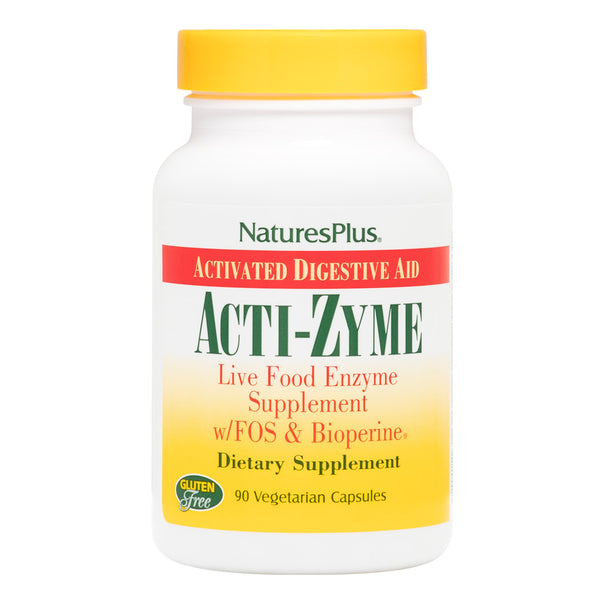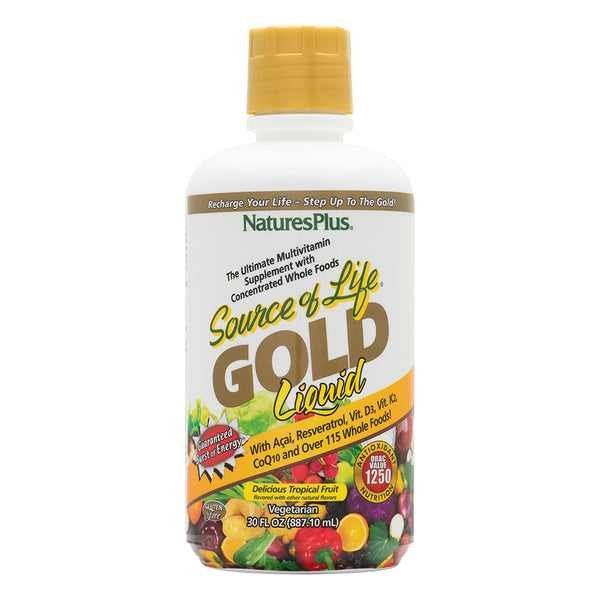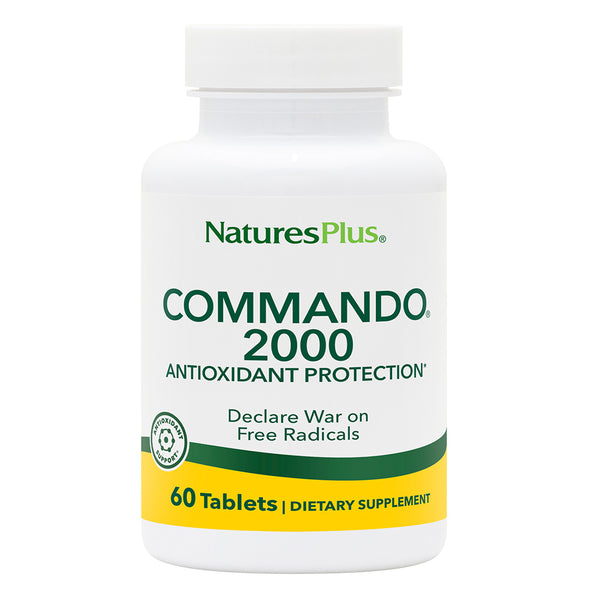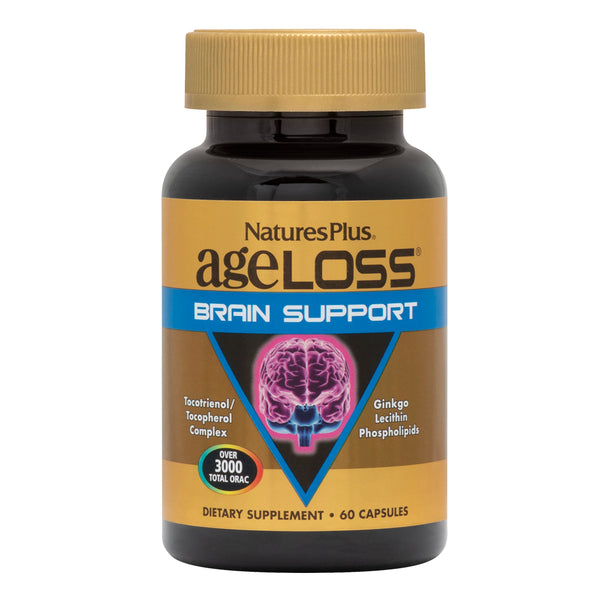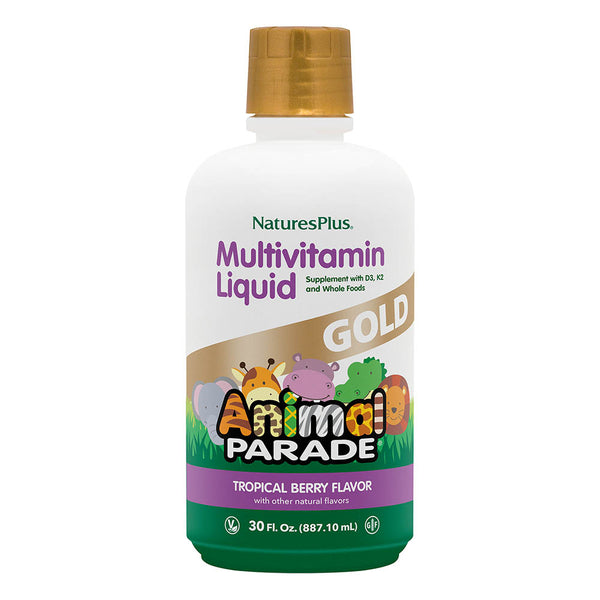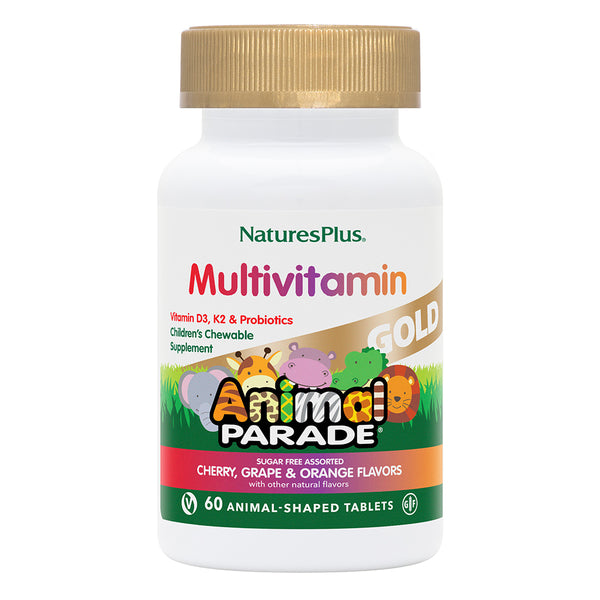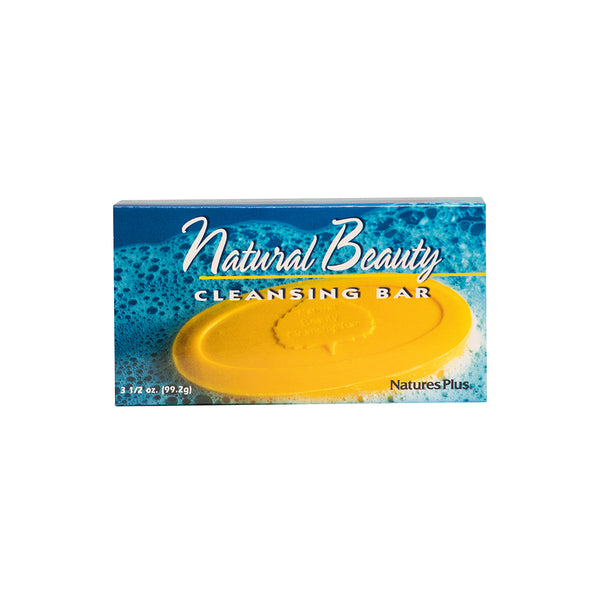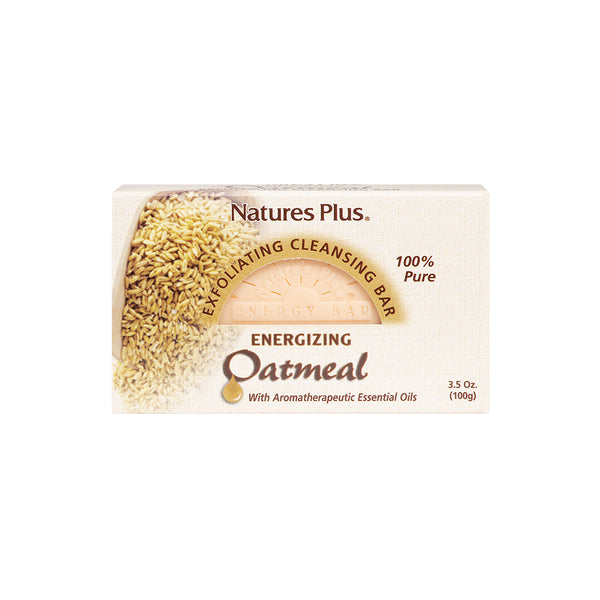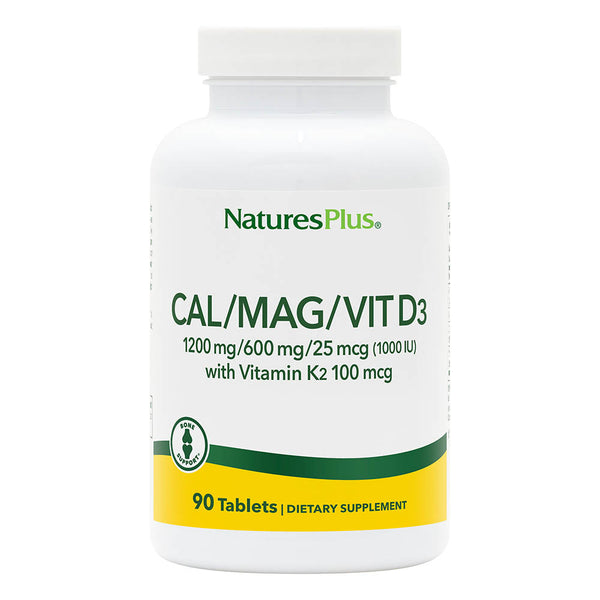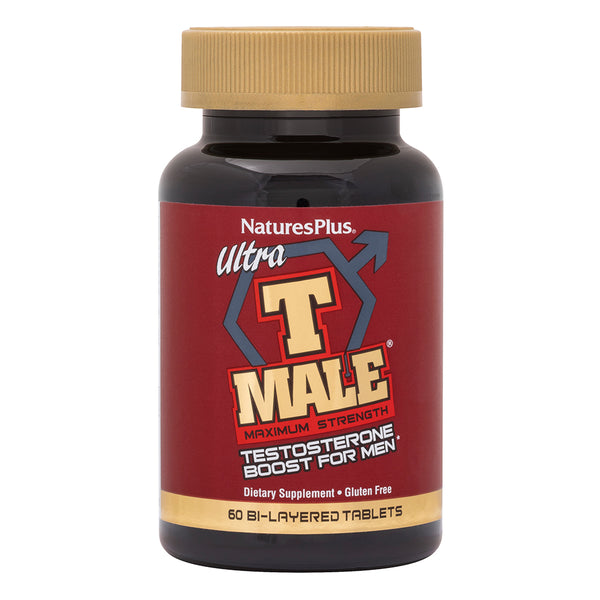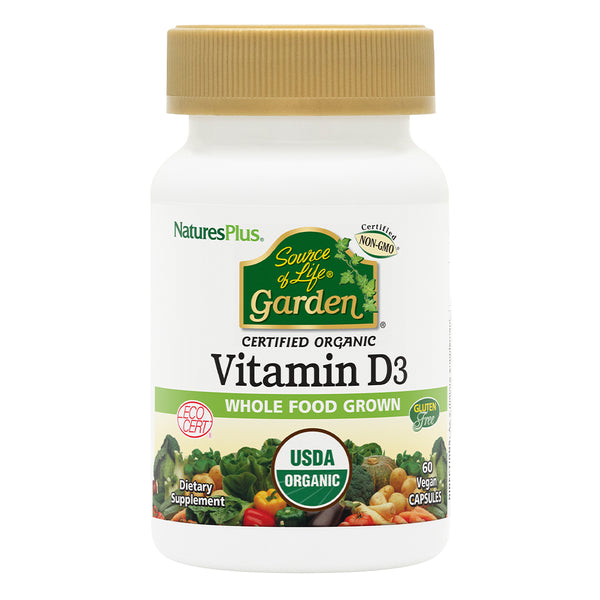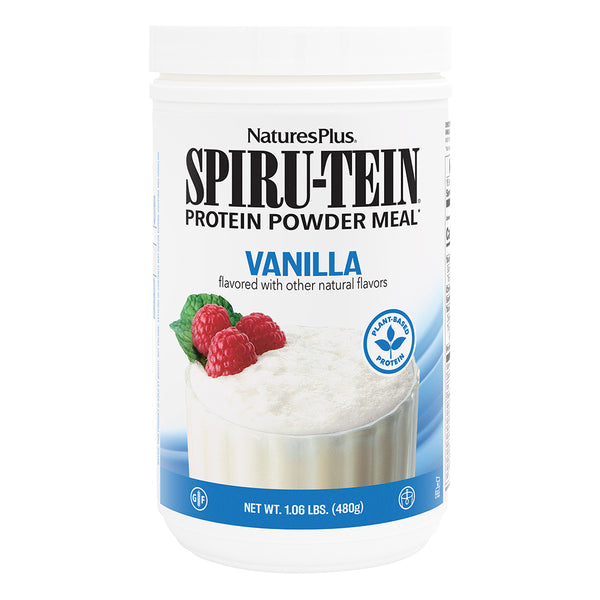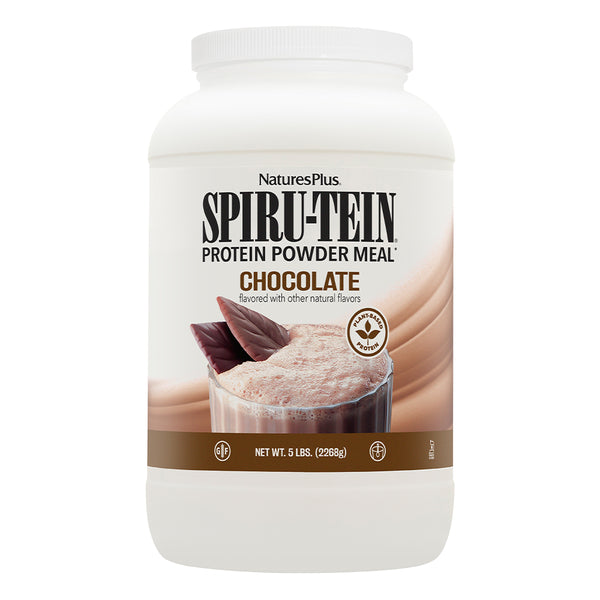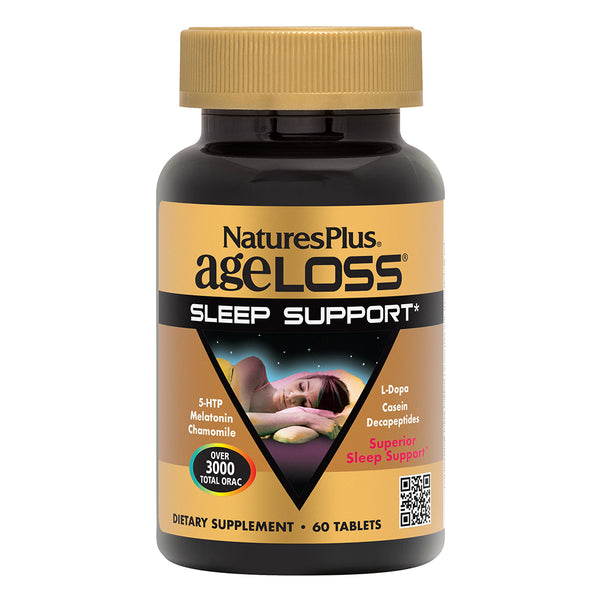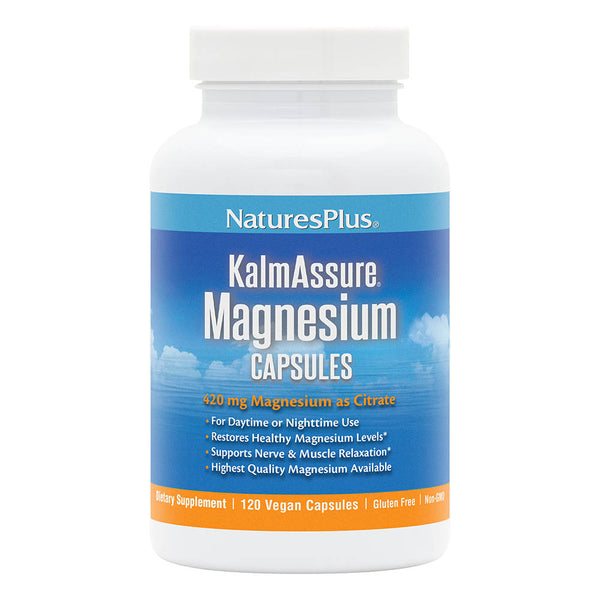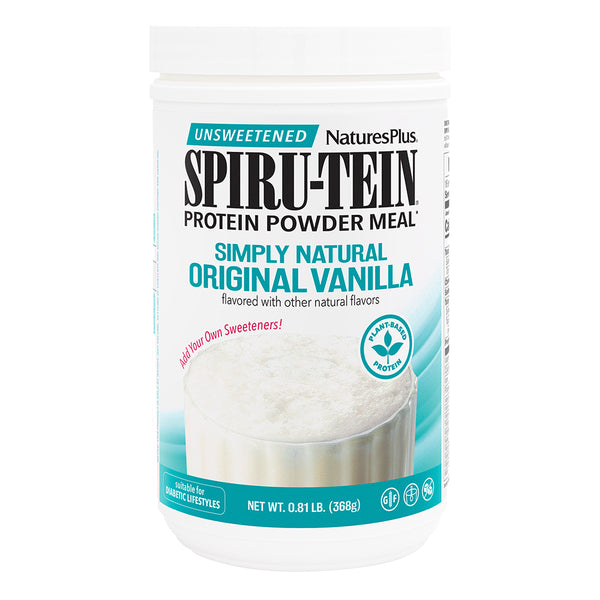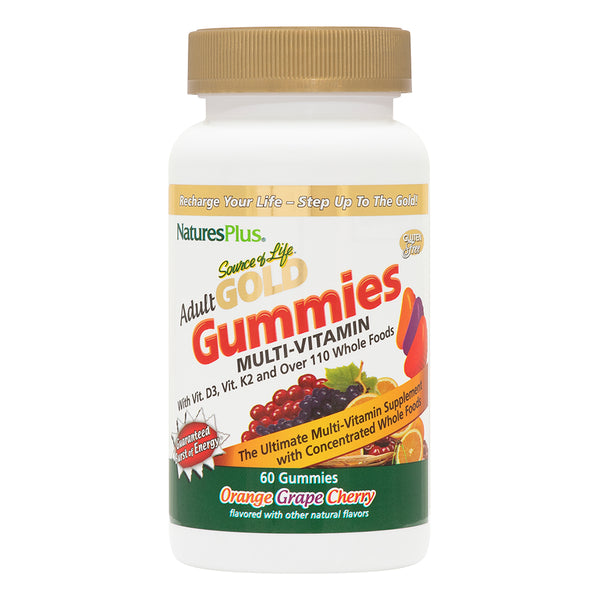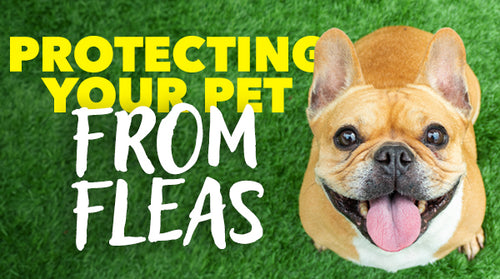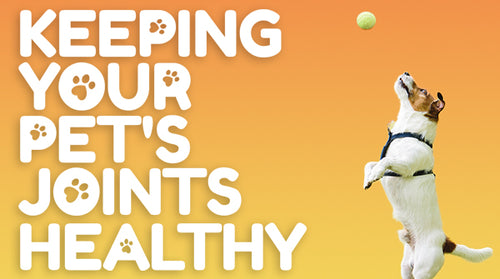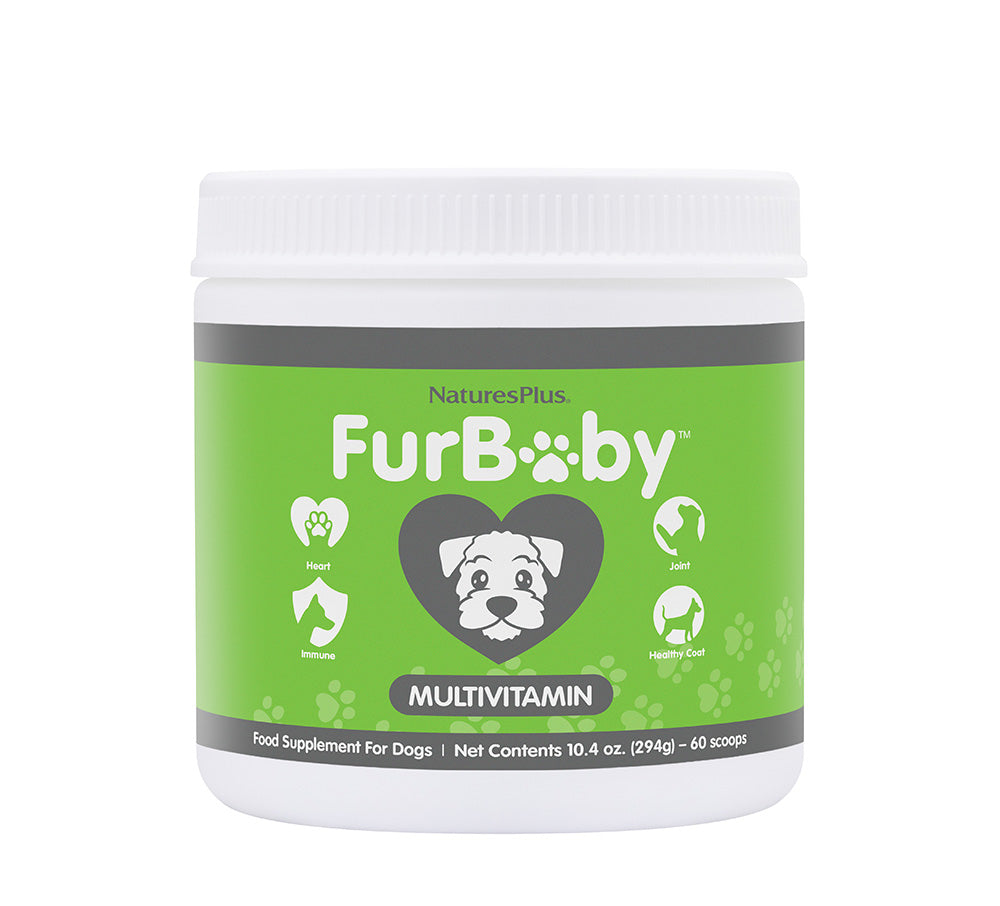Do you want to bond with your dog in a sport that requires speed and coordination between the two of you? Then you and your companion should enter the fast, fun world of dog agility.
Agility competitions are conducted at A-list dog shows including Westminster, America’s premier dog event, and Crufts, its British equivalent (where agility as a sport was born). But you can find agility competitions in venues large and small throughout the country.
The American Kennel Club calls agility “incredible exercise for both you and your dog, and it forges an even deeper relationship between you.”
Besides the exercise and bonding, agility provides mental stimulation for dog and handleralike as well as a way to meet new friends…human and canine.
What Is Dog Agility?
In agility, you direct your dog through a course of obstacles, such as jumps and tunnels, within a time limit known as thestandard course time (SCT). Each trial uses a unique course set up on that day.
Dogs must avoid making mistakes (“faults”), such as skipping obstacles or not navigating them correctly. (Rules are often relaxed in beginner competitions.) The fastest dog with the fewest faults wins.
In the wild, “the hungry dog had to be fast and nimble to ensure his next meal,” says VCA Animal Hospitals. “Agility courses mimic the obstacles a dog in the wild might face in pursuit of dinner and stimulate the dog’s natural hunting instinct.”
You get something out of it too.
“In 60 seconds or less, you experience the climactic thrill of agility: being one with your dog,” says Julia Lane of Spot On K9 Sports, a training facility near Chicago.
Is Agility Right for My Dog (And Me)?
Small dogs, big dogs, purebred dogs, mixed-breed dogs—in agility, it doesn’t matter. If your dog has the right stuff, he or she can shine on the course.
What’s the right stuff? The AKC says you should consider getting into agility if your dog:
- Is highly energetic
- Enjoys running and responding to instruction
- Gets along well with other dogs
“Dogs that are highly intelligent, quick-thinking and keen to please have a definite advantage when it comes to learning the sport,” adds LoveYourDog.com (LYD).
What’s more, agility “involves working off-leash. How well trained is your dog? Does he always come to heel when you call him?” asks LYD.
Some animals are not likely to enjoy such a fast-paced activity.
“Heavily-built dogs that prefer a gentle stroll to vigorous exercise are generally not suitable for agility,” notes LYD. The same goes “for very young puppies, especially large breeds. That’s because puppies’ joints, bones and muscles are still developing.”
Short-faced dogs, such as pugs and bulldogs, are also usually not suited for agility because their flat faces may lead to breathing problems.
Beyond your dog having the right temperament and build, you need to consider his or her overall conditioning.
“Agility is a sport that involves lots of running and jumping, so sound joints and a healthy heart are a must,” says VCA, which recommends taking your dog to the vet before you begin agility training.
Being in good shape is important for you, too.
“Don’t rush right into agility work or you could injure yourself!” warns LYD. “Get checked over by your family doctor before you get involved.”
What Obstacles Are Found on an Agility Course?
Jumps are commonly used obstacles. Some look like horse show jumps, withdetachable bars set between two uprights; others employ tires or wide boards.
Lane says that agility uses two kinds of tunnels, some clearly open at both ends and some that look like windsocks, which require the dog to push through loose material in order to exit.
Among the other obstacles you’ll find on an agility course are:
- A-frames. These are two ramps positioned so that they create an apex; the dog must go up one and come down the other. They are usually set at heights from 5' 6" to as high as 6' 3".
- Dogwalks. This is a narrow, elevated walkway the dog must cross as quickly as possible.
- Pause tables. This a raised, square platform where the dog must do a do a sit-stay or a down-stay while the judge counts to five. Lane says that the difficulty “lies in the dog being still after racing around the course.”
- Teeters (seesaws). It looks like the playground equipment; the dog must cross while maintaining balance as the board comes down on the other side of the centerpoint.
- Weave poles. This obstacle generally uses 12 poles attached to a heavy base; the dog must enter between the first and second poles from the right side and then quickly weave back and forth until the end. It is “challenging for dogs to learn because the weaving motion is unnatural to them,” says Lane.
Except for the weave poles, these specialized pieces of equipment arecontact objects, which means they have yellow contact zones that the dog must touch with at least one paw to avoid a fault.
Organizations that sanction agility competitions (and there are several) may add other types of obstacles to their courses.
How Do I and My Dog Train for Agility?
A good first step is to sign up for a class where you both learn how to navigate the obstacles.
The AKC sponsors more than 5,000 clubs across the country, many of which offer agility classes. VCA suggests that you “search online, ask your veterinarian, call a dog trainer or talk to fellow pet owners at the dog park.” Or you can go to cleanrun.com (sponsored byClean Run, a magazine for agility’s human participants).
As with any other service, quality can vary widely. Ask if you can observe a class without bringing your dog; red flags include obviously unsafe equipment, harsh teaching methods, a lot of downtime and obviously green dogs being asked to execute advanced moves. Only one dog should be off-leash at a time.
“Teaching a dog to do the obstacles is relatively easy and fun, though it should always be done under supervision,” says Lane. “With expert instruction, positive training methods and patience, any healthy dog can learn how to do obstacles in three to four months.”
Of course, the dog isn’t the only one being trained.
“Your job is to learn handling skills,” says Lane. “When you’re learning a new maneuver, it’s best to practice running without your dog and imagine her moving with you. That way, you can make many mistakes without punishing your dog through constant repetition.”
The idea is to sync your body movements with your verbal commands; for example, saying “tunnel” while turning towards a jump will confuse your dog. Some people are able to direct their dogs through movement alone.
“Just because you’ve signed up for a class, don’t think the learning stops there,” adds the AKC. “Count on spending at least 15 to 20 minutes a day practicing.”
You can build your own obstacles by searching “DIY dog agility equipment.” (The AKC recommends consulting the Regulations for Agility if you’re building your own stuff.) Or you can buy premade pieces.
Always use positive reinforcement on the course. Lane suggests finding what motivates your dog the most: “Toys, praise, food or a combination? If it’s toys, does she prefer tennis balls, squeaky stuffed animals or fleece tugs?”
For many people, agility is just a way to have fun with their companions. But “if you get serious about agility training, look for a group or private instructor for expert help in learning the rules and the techniques associated with agility trials,” advises VCA.
How Do I Enter My Dog in Agility Competitions?
If taking the next step interests you,visit the AKC Agility Course Test (ACT) to find an entry-level event in your area.
The AKC isn’t the only group that sponsors agility trials. Others include:
- Canine Performance Events (CPE)
- North American Dog Agility Council (NADAC)
- United Kennel Club (UKC)
- United States Dog Agility Association (USDAA)
There are also groups that deal with specific breeds of dog, such as the Australian Shepherd Club of America (ASCA), or dogs of a certain size, such as the Teacup Dogs Agility Association (TDAA) for smaller canines.
As with finding a trainer, you might want to attend an agility trial without your dog first to get a sense of whether or not competition would be something your companion (and you) would enjoy.
Like this article? You’ll love our weekly newsletter
sign up here!
**These statements have not been evaluated by the Food and Drug Administration. This product is not intended to diagnose, treat, cure or prevent any disease.

